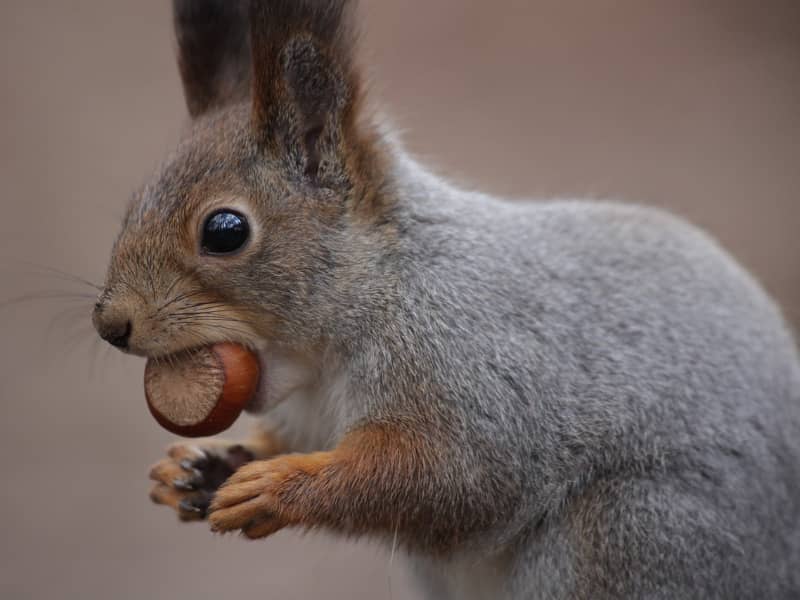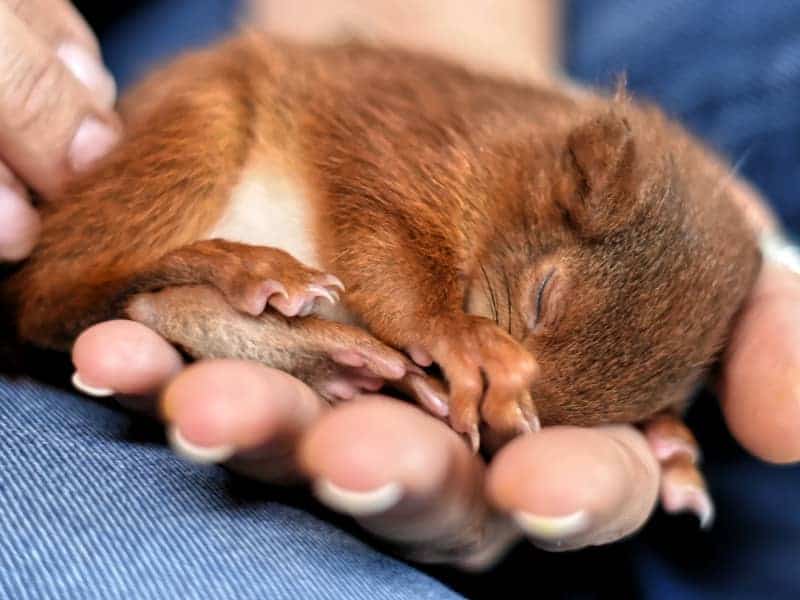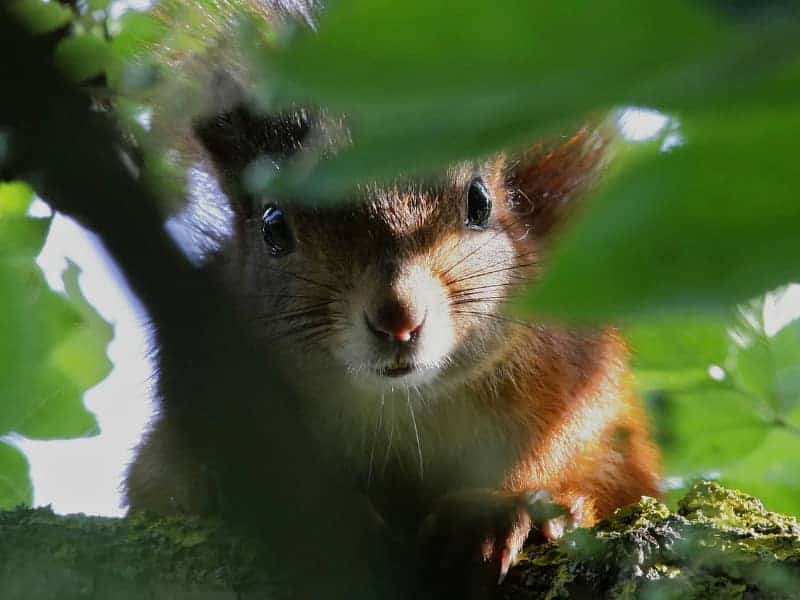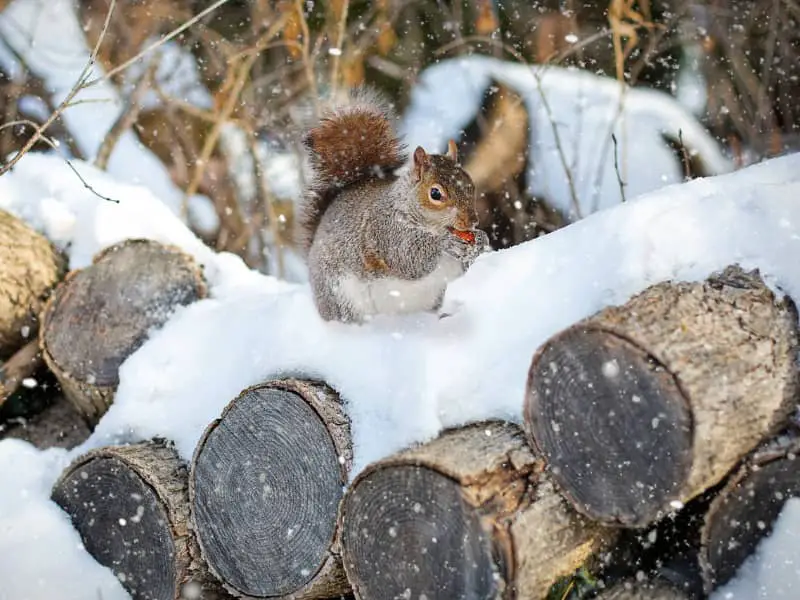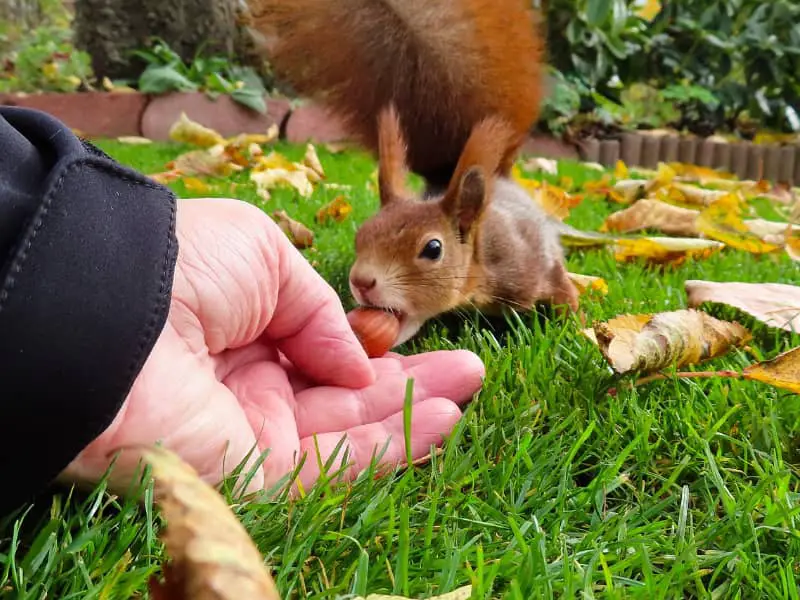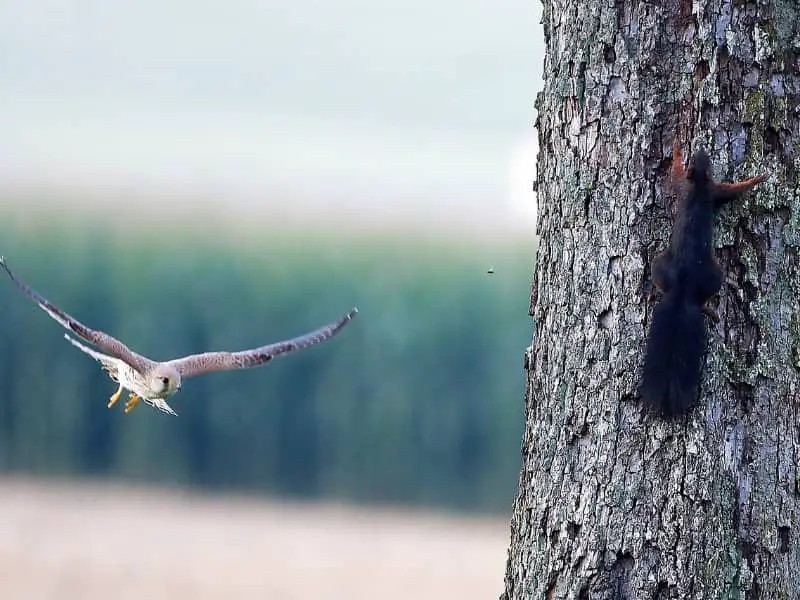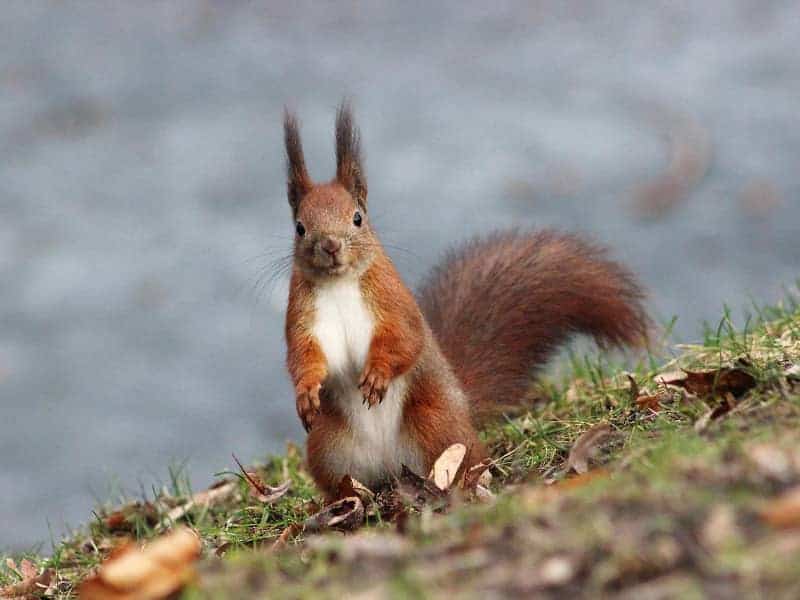
Squirrels - gardeners of the forest
You have probably heard that they say: squirrels - gardeners of the forest. But what is meant by this and why do we speak of a gardener? We would like to give you some useful information that will help you better understand this statement.
Squirrels - gardeners of the forest - do not take literally
In no case should you take the statement the squirrel - gardener of the forest - too literally. The small rodents live not only in the forest, but in many cases also in parks and increasingly often in gardens. There, the nimble animals jump from tree to tree or climb weasel quickly up and down the tree trunks. With its bushy tail it always keeps the balance.
Squirrel, the forgetful gardener
This statement is probably more appropriate for the nimble rodents. As soon as the squirrel is hungry in winter, it leaves the Kobel. It starts searching for its hiding places and food supplies. Unfortunately, the squirrel is similarly forgetful, as you may know it from yourself. It does not always find all its hiding places again. But that's not so bad, because the forgotten seeds and fruits start to sprout in spring and thus provide for new growth. That's probably where the statement comes from - squirrels - gardeners of the forest.
Can the squirrel freeze to death?
This certainly happens very rarely, because the goblets are appropriately warm. Much more likely squirrels starve to death over the winter.
This is due to the fact when you forget where they hid their supplies, and also because of the cold only conditionally leave the hutch.
You can help the squirrels by providing one or more feeders in your garden. However, you must ensure that these are constantly filled and the food does not begin to mold.
What supplies are collected?
To prepare for winter, squirrels begin foraging for nuts and seeds in early fall. For direct consumption rather reach for mushrooms, worms, insects or fresh berries. The collected winter supplies the rodents very often hide in hollow tree trunks, under roots or even in the ground. Buried supplies squirrels can smell even under a thick blanket of snow up to 30 cm.
What's the deal with the Kobel?
The gable is not only used for the rest of the diurnal animals at night. Rather, the rodents use, among other things, the Kobel as a winter nest. They have previously furnished it comfortably with leaves, mosses and twigs. In the gully, they also use their bushy tail to cover themselves in extreme cold.
It rarely happens that two squirrels share a hutch even without mating season. This has the advantage for the animals that they can warm each other when they snuggle up close.
Why do we speak of blubber in squirrels?
You may have heard that squirrels eat a winter fat. This is not to be taken quite so literally. Certainly they put on a layer of fat, because in extreme temperatures or constant rain the animals hardly leave their hawks.
In addition to the winter coat, which consists of bristly outer hairs and fine wool hairs directly on the skin, the layer of blubber provides warmth and bridging until the next food. Incidentally, small air chambers form between the wool hairs, which protect the body from the cold. You can definitely compare this with a thick sweater, which also additionally warms you in winter.
Author

-
Garden animal - A life with nature
Welcome to my animal blog! My name is Dirk and I am happy to take you on my journey through the fascinating world of animals and gardening.
Born 54 years ago, I have had an insatiable curiosity for the animal world around me since childhood. Although I have moved professionally in other industries, my true passion has always been animals and nature. It is remarkable how a small garden has become such an important part of my life.
Many of my fondest memories are associated with the animals that share our home. Whether it's the curious squirrels that scurry across the trees in the morning, the colorful variety of birds that visit our feeders, or the busy bees and butterflies that pollinate our flowers, every moment with them is invaluable to me.
This blog is my contribution to share my experiences, discoveries and insights with like-minded people. Here I will share stories of unforgettable encounters with animals, give tips on gardening and creating wildlife-friendly habitats, and take you on my journeys through nature.
Thank you so much for being here!
Cordial,
Dirk aka garden animal
Last posts
- 27. February 2024PetsVeganes Hundefutter – Grün und Gesund?
- 18. January 2024ChickensOregano für Hühner
- November 27, 2023HamsterDiurnal hamsters
- November 24, 2023HamsterHamster hammock

